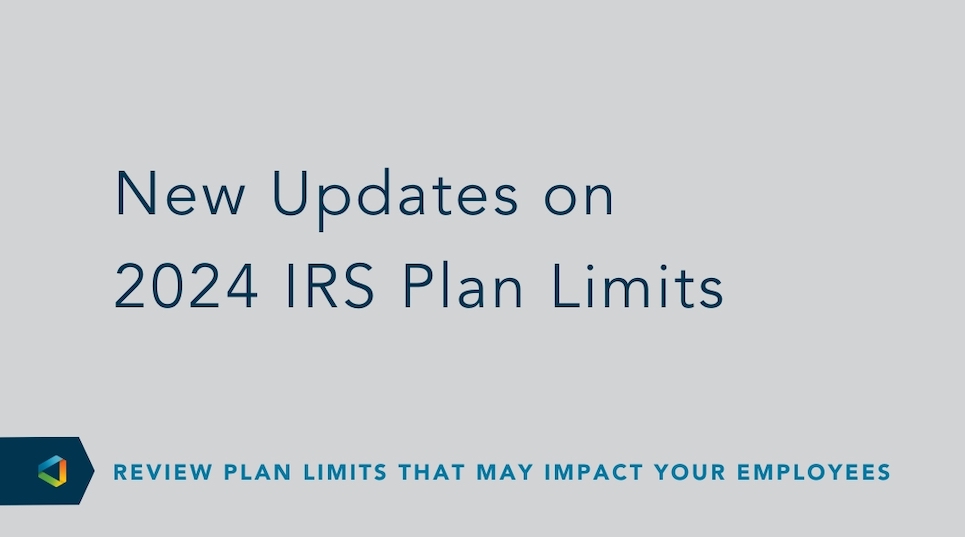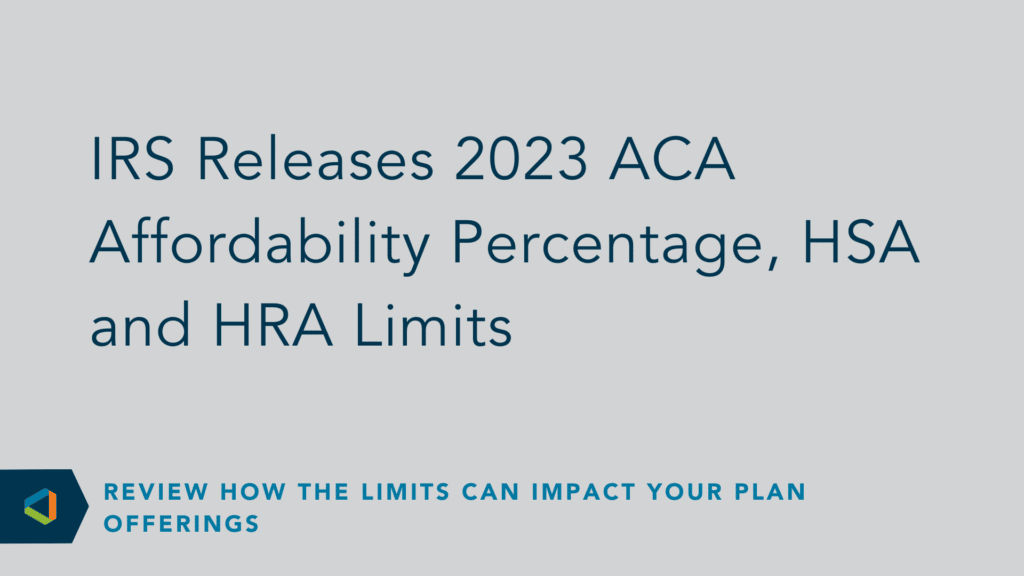The Affordable Care Act (ACA) has and will continue to fundamentally change the employer-sponsored healthcare landscape.
In addition to spurring the development and launch of Public Exchanges, the ACA has also been the catalyst for the development of Private Exchanges or Marketplaces. The industry is in the process of being flooded with various forms of Private Marketplaces for employers to consider. Because of the fluidity of this market, it will be challenging for employers to sift through their options to select their best approach.
1. Defined Contribution Strategies:
There are essentially four primary options for defined contribution structures:
- Lump Sum – divide the annual employer contribution by the number of employees
- Lump Sum with Split Funding – same as above, however apply a percentage (e.g.80%) toward medical and the difference toward ancillary coverages
- Tiered Allocation – determine a fixed dollar amount based upon the coverage selection – Single; Single+1; Family
- Tiered Allocation with Split Funding – same as above, however apply a percentage (e.g.80%) toward medical and the difference toward ancillary coverages
We have found that the Tiered Allocation with Split Funding tends to be the most comfortable formula for an employer to set their defined contribution.
2. Medical Carrier Options:
Some of the National consulting firms are utilizing a multi-carrier medical approach in their platforms whereby the individual not only selects their plan design—they also select their insurance carrier. Initially, this approach will likely only be available to larger self-funded programs.
Initially, the majority of employers will find that marketplace providers are using the current sole carrier approach. The employer and their advisor continue to perform the usual Request for Proposal process to determine the carrier who is the most competitive. Currently, several exchanges are up and running with only one medical carrier. This limitation will change rapidly as we move through 2014 and exchange providers will race to sign up as many medical carrier providers as possible. Our DBM platform currently offers one medical carrier (Aetna) but we expect to have four or more Connecticut carriers able to write business by May 1.
3. Standard Store vs. Custom Store:
Within a Private Exchange, employers will have the ability to adopt either a Standard or Custom Store approach. A Standard Store will include plan options and rules that have been previously built, connected and administered by the selected carrier. A Custom Store is one whereby the employer elects to customize elements of the plan offerings either to mirror some of their current plan offerings or to simply modify the pre-built store options to their personal preferences.
It is important for employers to understand that the decision to move to a Private Exchange is a paradigm shift. Employers that understand this conceptual change will be best served by adopting a “Standard Store” approach. Implementation, education, administration and cost will all be advantages to selecting a Standard Store approach. A Custom Store approach may be subject to additional costs, programming time, carrier underwriting reviews and approvals and a protracted timeline.
4. Plan Options:
Each carrier will determine the number of plan options an employer can offer in their store. For accounts with 50 or more employees, carriers are allowing between six and twelve plans to be offered. Smaller employer groups will have less plan options available. Ideally, a price spread between 35-40% from cheapest to the most expensive plan will provide an adequate level of choice for employees.
5. Benefit Administration:
Though not every exchange provider has this feature, the inclusion of a benefit administration system will provide an employer with a significant upgrade in their ability to efficiently administer their benefit offerings. These systems provide the employer with the ability to connect with both their insurance carriers as well as payroll. From our learnings, this is a must have that employers will expect as they move into the Private Exchange landscape.
6. Customer Support:
A natural concern for all employers considering a Private Exchange is the support and communication their employees will receive. A foundational need of a high-functioning exchange is a flexible service support model. We have built DBM to provide employees with the ability to speak live to a customer service representative on the phone; to schedule time to speak with someone in-person or to chat live online.
7. Cost:
As the Private Marketplace evolves so too will the pricing models. Currently, most exchanges are charging a Per Employee Per Month Fee. The range can run from $5 to $10 PEPM. In addition to the monthly costs, employers need to be aware up front of any one-time set up costs or annual renewal costs not included in the PEPM number. Employers must also understand the impact of any customization costs that their plan may pose. This requires an in-depth review of eligibility rules, contribution schedules and plan design needs.
The year of Private Exchanges is upon us and in some ways it will be like the Wild West as vendors and employers venture into unchartered territories. As employers begin to dive deeply into the exchange options before them, these seven components must be a part of their strategic planning.




